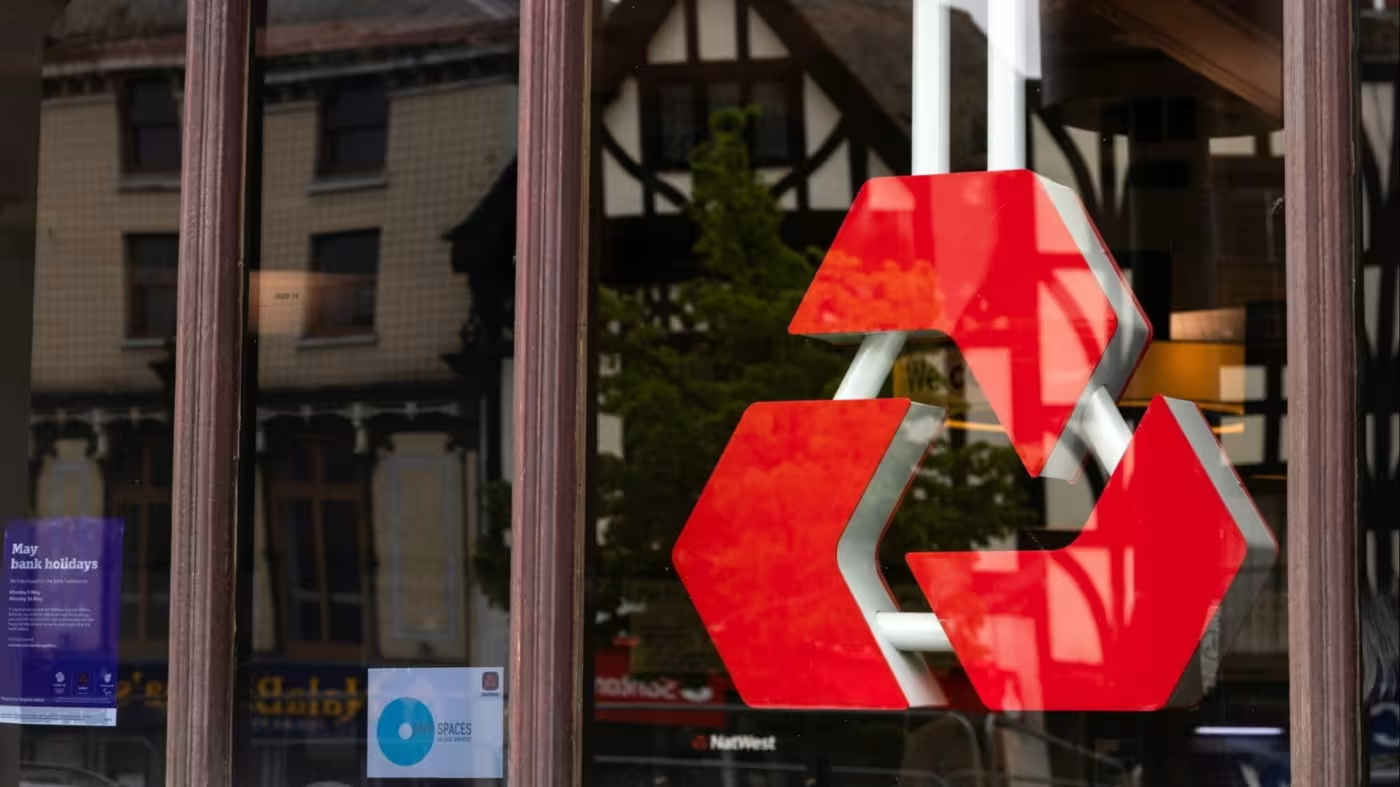NatWest is on the cusp of completing its return to full private ownership. This event represents a significant milestone for the British government, marking the culmination of a decade-long journey.
However, for NatWest’s leadership, including CEO Paul Thwaite, and the bank’s extensive workforce, this transition is viewed as a continuation of their ongoing operations. The bank has proactively implemented many strategies typically associated with private ownership, suggesting that the anticipated “freedom dividend” has already been largely realized and factored into its current standing.
NatWest’s Evolution: A Journey of Strategic Reorientation
Over the past two decades, NatWest, formerly known as Royal Bank of Scotland (RBS), has undergone a remarkable transformation, shedding its past identity to become a focused UK lender.
From Global Ambition to Domestic Focus
In its earlier incarnation, RBS was a highly ambitious investment bank. It commanded a colossal £2.2 trillion balance sheet. Its strategic vision included aspirations for global conquest in the financial sector. However, the global financial crisis dramatically reshaped its trajectory. RBS became a symbol of the broader issues within the financial industry.
In the years that followed, the bank was fundamentally restructured. It emerged as a more conservative high street lender. Today, a dominant 95 percent of its revenue is generated within the United Kingdom. This significant shift underscores its renewed focus on domestic banking and retail services.
Pre-Emptive Benefits of Private Ownership
The process of NatWest’s privatization has spanned a decade. While its completion is now imminent, expectations of a sudden, dramatic “metamorphosis” upon its full release from government control are likely to be tempered. This is because NatWest has already begun to implement many of the strategic initiatives and operational changes that are typically associated with the benefits of private ownership. The bank has proactively pursued these advantages, rather than waiting for the final divestment of the government’s stake.
Key Strategic Moves Already Implemented
NatWest has already taken several decisive steps that reflect its new, more agile, and privately-driven approach. The bank has increased compensation for its top executives, a move often seen in fully private entities. It has also actively pursued an acquisition strategy, completing a series of smaller, complementary “bolt-on” deals. Furthermore, NatWest has explored the possibility of a more substantial acquisition, specifically a larger deal involving Santander UK.
These actions demonstrate a clear intent for growth and market consolidation. Critically, the bank has also successfully closed the valuation gap with its industry peers, reflecting increased investor confidence in its operational efficiency and future prospects.
Market Perception: The Impact of Reduced Government Ownership
The market’s re-evaluation of NatWest began well before the final stages of its privatization, signaling a shift in investor sentiment.
The 30% Threshold: A Pivotal Moment
The most significant turning point for NatWest’s market valuation occurred last year. This was when the British government’s ownership stake in the bank dropped below the 30 percent threshold. Under UK listing rules, this level of ownership is defined as a controlling shareholder. For much of the preceding decade, the substantial, albeit “reluctant,” presence of the government as a major owner had acted as an “overhang” on NatWest’s share price.
This meant that the stock’s value was somewhat suppressed due to the perceived influence or potential future actions of the government. However, as the end of the full privatization process became clearly visible, financial markets began to fully price in this anticipated change.
Remarkable Share Price Performance
Since the government’s stake fell below the 30% mark, NatWest’s share price has experienced an impressive surge, effectively doubling in value. This performance stands in stark contrast to that of its closest competitor, Lloyds Banking Group, which saw a more modest 48 percent rise over the same period. This significant outperformance underscores the market’s positive reaction to NatWest’s increasing independence.
Furthermore, NatWest’s valuation, measured on a price-to-book basis, overtook Lloyds in November of last year. It has consistently traded at a slight premium for most of the time since, indicating that investors now perceive NatWest as having stronger growth potential or a more favorable risk profile.
Lessons from Lloyds: Avoiding Past Pitfalls
Comparing NatWest’s privatization to Lloyds Banking Group’s earlier journey back into private hands offers valuable insights into potential outcomes.
Lloyds’s Post-Privatization Experience
Lloyds completed its own return to private ownership in 2017. In anticipation of this event, its shares experienced a rally, gaining 32 percent during the government’s final “trading plan.” This occurred despite the inherent selling pressure from the government’s divestment of its remaining shares. However, this initial surge was short-lived.
Over the subsequent 12 months, Lloyds’s share price fell back. Crucially, on a price-to-book basis, Lloyds has never regained the valuation it achieved in the immediate weeks following the completion of its sale. This serves as a cautionary precedent, highlighting the potential for post-privatization volatility and a failure to sustain initial market enthusiasm.
NatWest’s Favorable Position
NatWest, however, appears to be in a stronger position to avoid a similar reversal. The bank currently boasts a return on equity in the mid-to-high teens. This indicates a robust level of profitability and efficient capital utilization. Furthermore, NatWest has identified significant opportunities for growth, particularly in profitable areas such as wealth management.
The bank could also benefit from broader, favorable macroeconomic trends. These include a steeper yield curve, which typically allows banks to earn more on their lending activities. Additionally, there’s the potential for a loosening of post-crisis regulations. Many of these stringent regulations were imposed in the wake of the financial crisis, which saw NatWest (then RBS) require a massive government bailout. A more flexible regulatory environment could further enhance its operational freedom and profitability.
Future Prospects: Sustained Performance in a Competitive Market
While NatWest’s immediate “freedom dividend” may be priced in, its long-term outlook remains positive, albeit within a competitive landscape.
The Challenge of Outpacing Rivals
The question of whether NatWest can consistently outpace its rivals in the long term remains. Other major banks will also benefit from favorable shifts in interest rates and any potential changes in the regulatory landscape. This suggests that NatWest is unlikely to experience another sustained period of such significant share price outperformance as seen since the 30% ownership threshold was crossed.
The initial market enthusiasm associated with shedding government ownership has likely already been fully absorbed into its current valuation.
A Compelling Investment Opportunity
Despite the potential for more moderate future gains compared to its recent surge, investors may still find NatWest an attractive investment. Even if the “freedom dividend” is already reflected in the current price, the bank’s strong fundamentals, strategic growth areas, and a potentially more favorable operating environment make it a compelling proposition.
The prevailing sentiment suggests that for those looking to invest in a solid UK banking stock, buying NatWest now could be a prudent decision, underscoring its perceived stability and long-term potential within the British financial sector.








